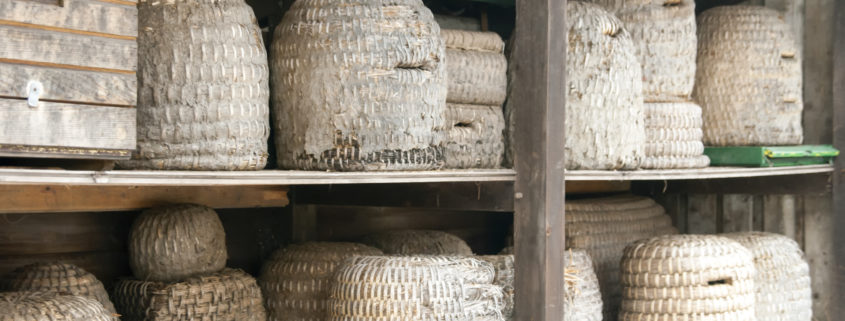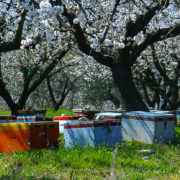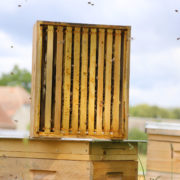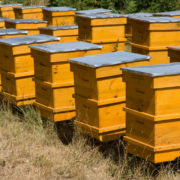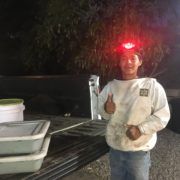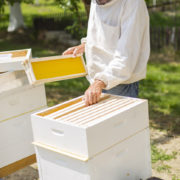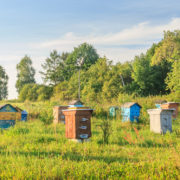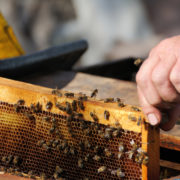Our Smallest Domestic Animal
Humans seem to have always been motivated by honey. The first recorded use of honey dates all the way back to around 25,000 years ago. But this timeframe only refers to when humans began documenting the collection of honey – in cave art. Considering that many other animals, such as bears, collect honey without drawing pictures of it, it is likely that humans were collecting honey well before they began recording their feats in artwork. The first humans to begin consuming honey no doubt sought out wild hives and robbed their honey in the same way that many people still do today – mainly by smoking the hives, and perhaps by wearing protective gear to grab the juicy honeycombs that bees use to store honey.
If you were someone who had to search out wild hives in order to obtain honey, the advantages of domesticating honeybees would quickly become obvious. Having your own domestic honeybee hive would mean that you would not have to go searching for honey, and you could gain some control over the timing and availability of the honey harvest.
The earliest records of domesticated beekeeping date back to around 7000 BC. The first beekeepers appear to have kept hives of bees in clay pots. We know this because traces of beeswax have been found in certain pots from this era in the Middle East. As we currently know, bees do not have to be kept in any specific kind of container. Beekeepers can establish bees in all sorts of shelter – hollowed out logs, trees, boxes, baskets, etc. Many early beekeepers soon switched to what we call “skeps” to house their bees. Skeps are beehives that are more or less baskets of bees.
For the most part, compared to many other domesticated animals, bees have fared mostly well in their relationship with their human caretakers. Unlike nearly all domestic animals, individual bees are not corralled, and are free to leave and return at will. Today, with the invention of the Langstroth hive, with its removable and replaceable frames, if a beekeeper is responsible and conscientious, the bees can live indefinitely.
Once honeybees became domesticated, the practice of beekeeping began. Bee breeding also began, with the selection criteria of gentleness and honey production generally taking the forefront. With domestication, humans began their close relationship and husbandry of the smallest domestic animal to date – the tiny and intrepid honeybee!

